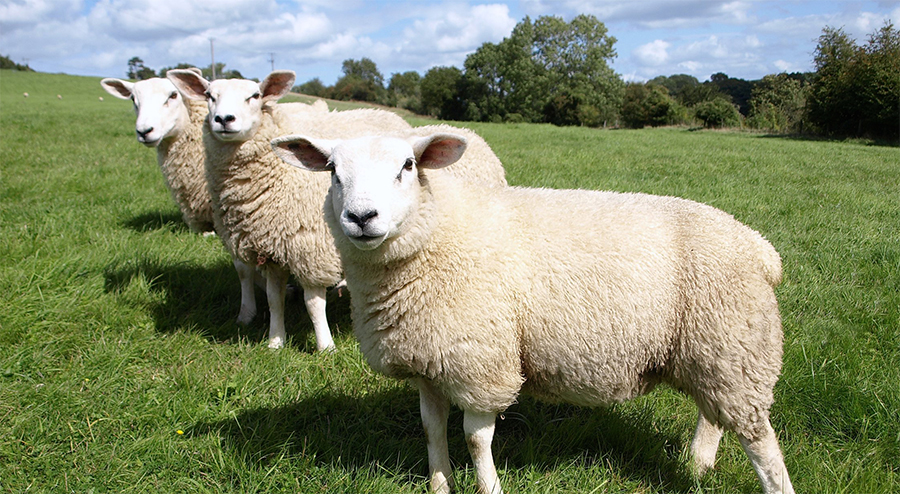
Research has highlighted that sheep farmers should start the transition from outdoor to indoor finishing as early as possible in order to minimise digestive disorders and avoid stagnant growth periods.
“If you’re considering finishing indoors it can pay dividends to introduce concentrates in the diet early while stock is still outdoors,” explains Dr Michael Marsden, head of technical at Trident Feeds
“Research has shown that store lambs offered a digestible fibre feed, such as sugar beet feed, at just 0.2-0.5kg/lamb/day in the field - before being bought indoors - will adapt to their new ration much quicker than those that haven’t.
“For this reason, I’d advise producers to manage the transition into indoor feeding as soon as possible.”
Dr Marsden also highlights the danger of a high cereal based diet for indoor finishing.
“Many producers introduce a cereal based diet which is high in starch. However, this is a likely trigger for acidosis, a condition commonly known to be one of the main factors contributing to high rates of store lamb death, often seen in the first few weeks of housing.
“For this reason, relying too heavily on wheat or barley to make up most of the ration is likely to be false economy, and stocks of home-grown cereals should be used as part of the overall ration to avoid stagnant growth periods and overall lower margins.
“Producers should make sure that starch is buffered adequately in the rumen by including a good amount of digestible fibre, available from feed sources such as sugar beet feed or, where additional protein is also required, low-copper bioethanol distillers’ feeds.”
